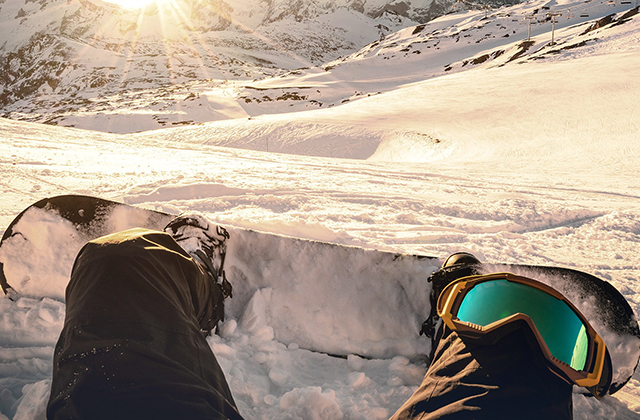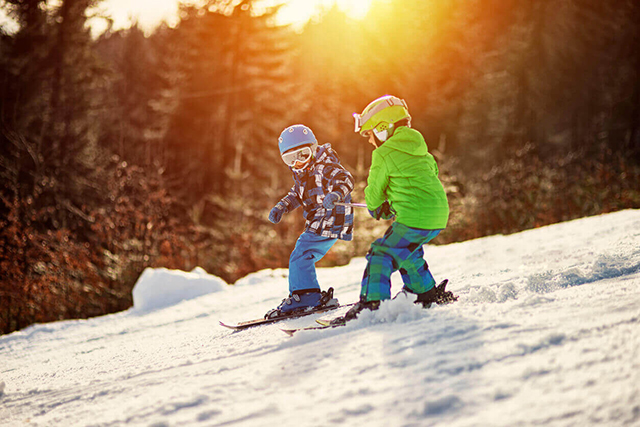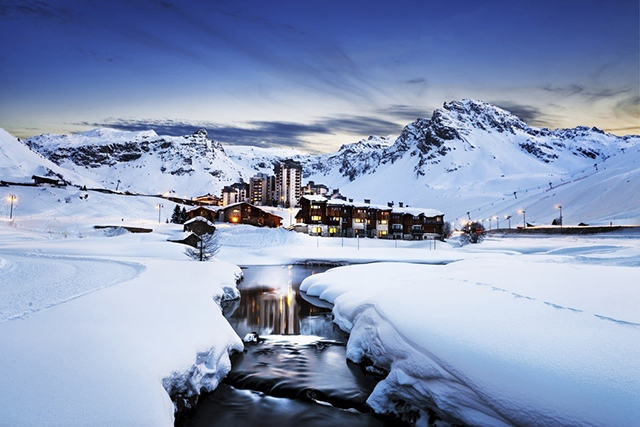Traveling for business or for pleasure can be extremely enjoyable. You will have to do your homework though on the guidelines for a trip. The article below focuses on some great information that you can help with your next trip. Check out the details of the most enticing Canada ski trip package in our website.
Losing a child in a foreign place can be very stressful and you probably do not even want to think about it.
Do not hope that an airline to cater to your whims when you are flying. Bring your own blanket, blanket and headphones if you think you will need them. You should also pack snacks along in case the airline meals are a flop.
If the venue you want to go to offers online ticketing, head to its website and see if it is possible to buy and print tickets from there. The small fee per ticket for this service is well worth it to avoid long lines.If the park you are visiting has a timed entry, printed tickets can also be used to get around the admission line.
Keep track of your most important information and items close to you at all times. Do not carry a bag with zippers that provide easy access to any of the pockets. These are all points to be considered when shopping for a safe bag you wish to take on your travels.
Always tip any bell station and housekeeper appropriately.
A luggage tag hanging from the outside of luggage can easily be ripped off in transit.
Avoid driving in rush hour traffic when travelling by car. If you must be on the road at that time, use that period for much-needed rest stops. This is great for taking time to go grab a bite.
Sleeping pills or tranquilizers can help you through a rough flight. It is often hard to get much rest on airplanes, the different surroundings, and the uncomfortable seats. Try a sleeping pill might help get you some rest on a long flight go by more quickly. Don’t have the pill before the plane takes off, as there may be a delay or problem that requires a return.
Cash in traveler’s checks before shopping or dining. Be safe and make sure you get local currency before buying so that you lose money with these traveller’s checks.
It can be more expensive to just ride into the day you fly.
You should get the National Parks Pass if you visit them often. They are only $50 and will get you into any national park for one year at all of the parks.
Try to get the “local” rate that a hotel gives the hotels when you travel. Hotels often provide special deals so that they don’t have to deal with vacancy. If you know a friend that lives in the city you will be traveling to, see if they can ask about discounts. This approach can help you save a good amount of money.
Booking trips online is virtually a one stop shop for vacation planning. Travel sites will help you plan your trip’s itinerary. You can book everything you need for your trip, rental cars, and flights online. You can even review pictures and critiques of hotels on the Internet.
Your dream vacation can go horribly wrong if not take the time to do some research before planning. Check online for reviews from real customers who’ve already visited the Internet review sites to see what people have experienced at locations you are planning to visit. Their experience can help you avoid problematic hotels and dangerous town or seedy hotel.
Don’t forget to pack your child’s car seats when you bring them along for a rental car. When renting a car, so think ahead by bringing your own car seat.
Be candid when you buy travel insurance. Tell your provider when you may have. You’ll be stuck paying the bills to settle for yourself.
If you won’t have immediate access to a currency exchange service when you land, exchange some of your money before you leave, then exchanging the rest later on.
Before traveling, research nearby banks for currency exchanges, and you will receive better rates.
Make certain the clock in your hotel room works before you go to sleep. You have no way of knowing what the alarm is not going to go off during the night and wake you up.
A wonderful travel tip is have luggage stand out from other luggage. You can decorate it with stickers or even color it. This will help you spot your luggage and keep others from walking away with yours.
When traveling, particularly on business trips, there will be many food temptations. Instead of hitting the buffet, try partaking of everything the hotel’s gym offers instead. This will help you energized for your trip.
These cables will allow you to use your computer through the television that is in your hotel room.
Take turns driving if you are going to be on the road for extended periods of time. If you drive until you are too tired to continue driving, you increase the chances of getting into an accident. Do not wait until you are too tired to do so safely. You should have someone replace you at the wheel every 2 or 3 hours. This will prevent you from getting too tired.
Get an expandable file for you to keep tabs on your travel itinerary. You can also use this file to store receipts and receipts.
Bring snacks along with you when going on a flight. Your flight will be miserable if you are hungry. Just remember that you cannot take liquid snacks as these could cause security concerns.You will feel better if you have some dry snacks handy.
When you next plan to embark on a trip, be certain to utilize the below advice. You may not use all the advice you saw here, but you can use some to enhance your next trip, just click here.


